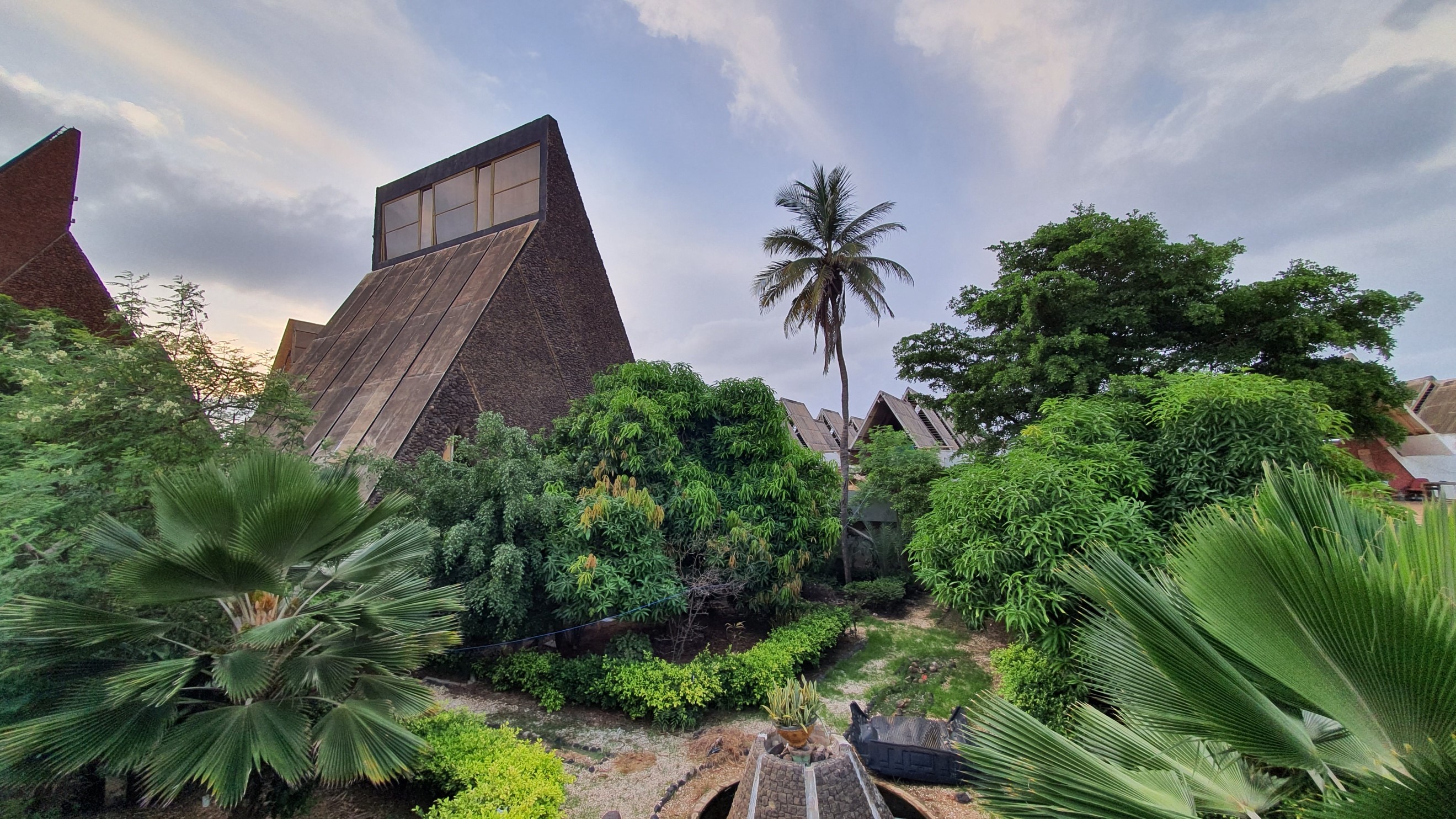The International Trade Fair of Dakar: Adaptive Reuse of a West-African Modernist Icon

ARC3016Y S
Instructor: Aziza Chaouni
Meeting Section: L0107
Tuesday, 2:00pm - 6:00pm; Friday, 2:00pm - 6:00pm
In the second half of the 20th century, anti-colonial movements swept through the African continent and newly emancipated states used the construction of national identity as one of the means to establish their sovereignty. Architecture was an ideal tool for such an endeavor.
In the fifties and sixties, the modernism movement was at its peak and the context of newly independent African nations gave rise to what can be termed liberation or nationalist neo-vernacular architecture. Architects extracted from the vernacular what they saw as the collective cultural and social characteristics of their people and integrated them into their modernist designs. Some of the resulting buildings showcased a stunning synthesis of modernism’s rigorous vocabulary and universalist approach with the expressiveness, cultural rootedness and environmental responsiveness of vernacular architecture. This movement echoes the concerns of other well-known groups of modern architects working at the periphery of the West such as Alvar Alto, Luis Barragan, George Candilis, Alvaro Siza and Blakrishna Doshi, who grew tired of modernism’s austerity and placelessness.
However, unlike the work of these architects, African modernist projects are little known (and) studied. They are often despised by the local population who perceives them as large, unfriendly concrete giants, whose architectural vocabulary remains associated with Colonialism, echoing a not too distant painful era. If recent exhibitions and publications, such as Vitra’s The architecture of independence – African Modernism, shed light on West African Modernism, their scope remained limited. Left to be investigated are these building’s complex historic, political, social and economic contexts, the current state of their architecture, and the possible futures and assets they hold for the current needs of citizens.
Through the case study of the International Trade Building in Dakar, Senegal, this research studio is interested in precisely filling this gap and answering the following questions: how can we retrace the genesis of these hybrid buildings? Which lessons do they hold for contemporary architecture? How can these buildings be re-instated as a legitimate national heritage that testifies to a crucial moment in the history of African nations? How can they be reused and expanded to answer the growing needs of African cities in infrastructure, public facilities and green spaces?
Located in Dakar, the capital and largest city of the Independent Republic of Senegal, the International Trade Faire of Dakar, known as the Foire Internationale de Dakar or FIDAK, is strategically located in the downtown core of the city, surrounded by a heterogenous urban fabric, in which informal and formal constructions, and low, mid and high income communities co-exist. Designed in the early seventies by two French architects, Jean-François Lamoureux and Jean-Louis Marin, it was commissioned by the first president of Senegal Leopold Sedar Senghor, a poet-politician and one of the fathers of the negritude movement. FIDAK’s two dozen buildings sprawl over 140 hectares and boast an extraordinary architecture with soaring triangular roofs. Since its grandiose opening in 1974 to host Senegal’s biennial international trade fair, FIDAK has been continuously holding national and international fairs, events, art shows and tradeshows. Due to lack of maintenance and funds, many of its buildings have closed down and are left to decay.
In collaboration with students and professors from the College Universitaire d’Architecture de Dakar, the management team of FIDAK and the Ministry of Interior of Senegal, who owns the grounds, this studio will co-imagine possible futures for FIDAK. Methods of participatory design, modern heritage conservation, adaptive reuse, and field research in Global South cities will be the main over-arching themes of this research studio.
The studio will be partly sponsored by our local partner organizations that will cover housing and transportation costs of students while in Dakar.

